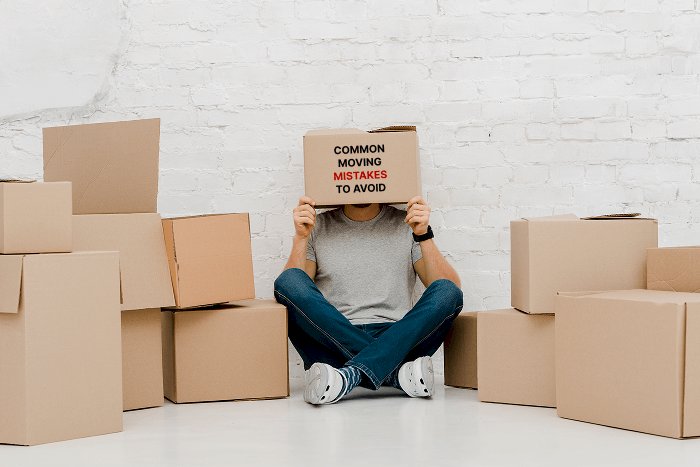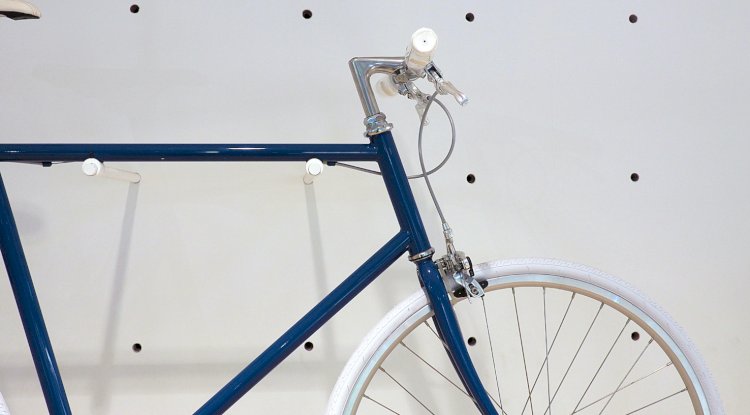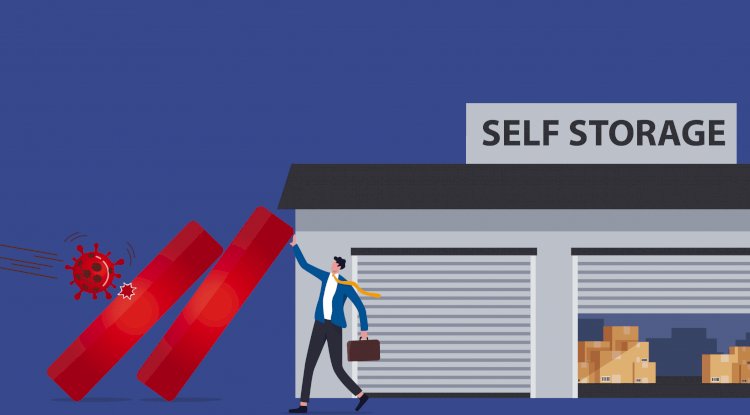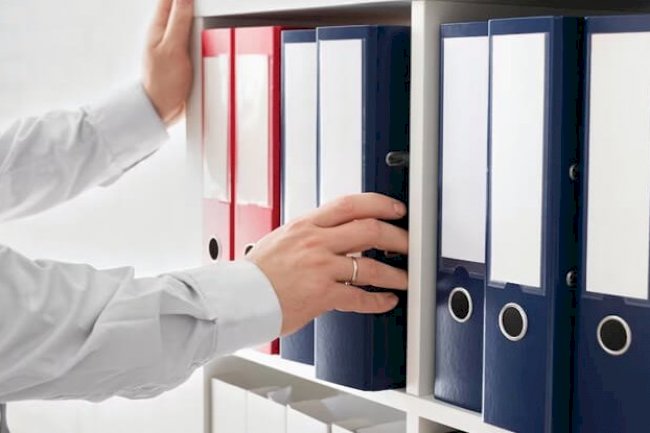Top Common Moving Mistakes to Avoid | StowNest
Discover the top common moving mistakes to avoid when relocating. Follow our proven moving tips to save time, cut costs, and make your move hassle-free. Learn More!

Moving to a new home can be both exciting and overwhelming. Amid the hustle of packing, organizing, and coordinating, it’s easy to overlook small details that can create big issues later. Whether you’re shifting across the city or to a new state, knowing what not to do can be just as important as knowing what to do.
In this blog, we’ll walk you through the 6 most common moving mistakes to avoid so your transition can be smooth, stress-free, and efficient.
1. Poor Planning Before the Move
One of the most common moving mistakes people make is not having a proper plan in place. Moving isn’t just about packing boxes—it involves a timeline, budgeting, coordination with Packers and Movers in Pune, and understanding logistical challenges.
Why this is a mistake: Poor planning can lead to a chaotic moving day, misplaced items, and missed deadlines. It also increases your stress levels, especially if you’re working on a tight schedule or relocating with kids or pets.
Tips to avoid this mistake:
-
Create a moving timeline at least 4–6 weeks in advance.
-
Budget for packing supplies, transportation, and unexpected expenses.
-
Book a reliable moving company early, especially during peak seasons.
-
Notify your employer and apply for any necessary leaves in advance.
2. Improper Protection of Furniture and Fragile Items
You’d be surprised how often fragile items like glassware or electronics are damaged simply because they weren’t packed properly. Oversized furniture without protection can also get scratched or broken during transit.
Why this matters: Replacing or repairing items after a move is not only costly but also emotionally taxing. Valuable or sentimental items, once broken, cannot be replaced.
Avoid this by:
-
Using bubble wrap, packing paper, and furniture blankets.
-
Disassembling large furniture before the move.
-
Labelling fragile items clearly.
-
Reinforcing box bottoms with packing tape.
If you’re hiring packers and movers, ensure they provide high-quality packing materials and are trained to handle fragile belongings.
3. Excessive Packing in Each Box
It may seem efficient to fill every box to the brim, but over-packing makes boxes heavy, hard to carry, and prone to tearing. It also increases the risk of damage to the contents.
Why this is a problem: Heavy boxes can strain your back or injure movers. Overfilled boxes may break under pressure or crush lighter items inside.
How to fix it:
-
Use medium-sized boxes for heavy items like books.
-
Lighter items like clothes and cushions can go in larger boxes.
-
Keep the weight of each box under 20 kg for easy lifting.
-
Distribute heavy items evenly across multiple boxes.
4. Absence of a Moving Checklist
Without a checklist, you’re likely to forget essential tasks—whether it’s notifying your utility provider or packing your first-night essentials. A moving checklist keeps you organized and on track.
Consequences of not having one: You may miss out on key tasks like cancelling subscriptions, forwarding your mail, or packing emergency kits.
What to include in your checklist:
-
Inventory of items to move
-
A list of people/services to notify (banks, schools, post office, etc.)
-
Tasks for moving day (packing snacks, carrying keys, documents, etc.)
-
Packing progress and priority boxes
A thorough moving checklist can also prevent last-minute chaos and help you stay calm throughout the process.
5. Unlabeled Moving Boxes
Imagine arriving at your new home with 30 boxes and having no idea which one has your toothbrush or kitchen utensils. Not labeling boxes can waste hours during unpacking.
Why this is a mistake: Without labels, you end up opening every box to find essentials, which can delay your settling-in process.
Tips to label smartly:
-
Use a permanent marker to note the room and contents on each box.
-
Color-code your labels by room (e.g., blue for kitchen, red for bedroom).
-
Mark “Open First” on essential boxes like toiletries, chargers, or bed linens.
-
Number the boxes and maintain a master list.
6. Missing Necessary Parking Permits
Many cities require a temporary parking permit if you’re reserving space for a moving truck. Overlooking this can cause delays, fines, or long-distance loading if the truck can’t park close.
Why this matters: Without permits, your movers might have to park far away, leading to longer moving times and higher costs. In some cases, trucks may even be towed.
What to do:
-
Check with your local municipal office or apartment management.
-
Reserve a loading zone if needed.
-
Let your movers know about access points ahead of time.
-
If you’re moving into a gated society or building, inform the security in advance.
Conclusion
Moving into a new home is exciting — but it’s easy to overlook small details that can lead to big stress. Whether it’s packing too much in one box, forgetting to label, or not planning parking — these are common moving mistakes that many people face, especially when relocating in busy cities like Pune or Mumbai.
The good news? How to avoid moving mistakes can be handled with a little planning, awareness, and the right support.
If you're feeling overwhelmed, let StowNest help you. As one of the most trusted names in relocation, Stownest ensures smooth, efficient, and stress-free moves. With professional support and experienced teams of packers and movers, you can move smart — not hard.
For more details on packing and moving, call our experts at +91-80888-87750.
What's Your Reaction?

























